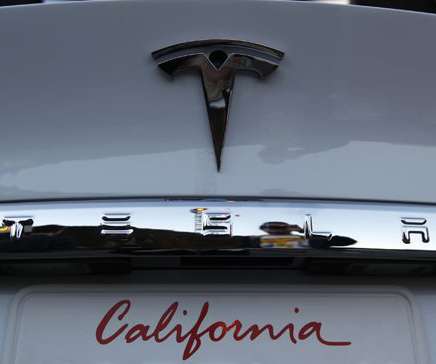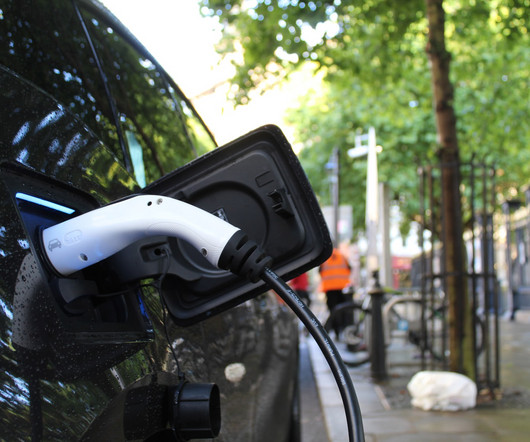California’s ICE vehicle ban faces more criticism
Teslarati
SEPTEMBER 5, 2022
While this has received split reactions from around the country, many states following CARB standards are now considering abandoning them due to the ambitious nature of the regulation. More than 14 states currently conform to CARB standards, some joining within the past five years. What do you think of the article?












Let's personalize your content